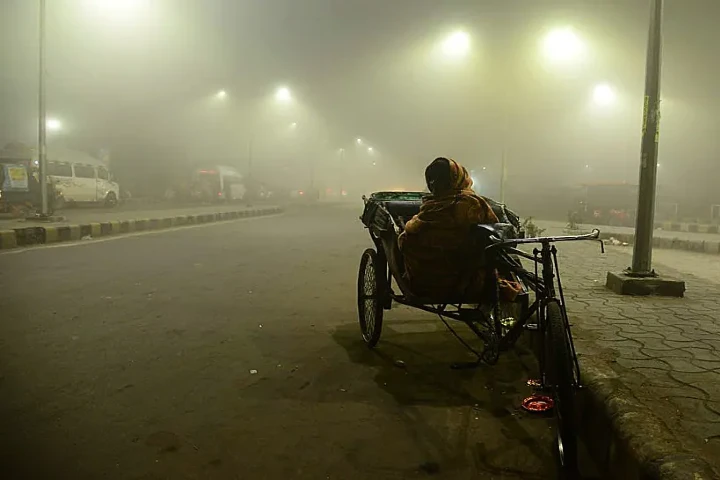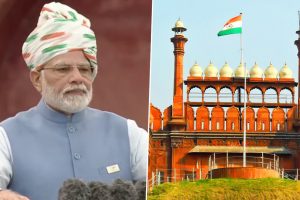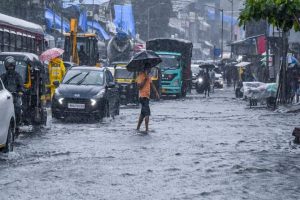Dense fog conditions in Delhi and other parts of north India brought visibility down to a minimum this morning disrupting road rail and air traffic. At least 29 trains were delayed and over 40 flights were disrupted as the planes could not land due to the thick fog and had to be diverted to other airports.
Many cities in the north reported zero visibility amid the thick fog blanket in the northern states. In the national capital, visibility was down to less than 25m around 6 am and the vehicles were seen crawling with their headlights on during the morning hours.
In the early hours, authorities of Delhi airport put out a fog alert, saying low visibility procedures are in progress.
“Visibility recorded at 5:30 am today in Bhatinda-0 metres, Amritsar-25 and Ambala-25 metres each, Hissar-50 metres, Delhi (Safdarjung)-25 metres, Delhi (Palam)-50 metres; Uttar Pradesh: Agra-0 metre, Lucknow (Amausi)-0 metres, Varanasi (Babatpur)-25 metres, Bareilly-50 metres,” according to the data from India Meteorological Department (IMD).
According to satellite imagery and available visibility data from the IMD, the fog layer extended from Punjab and adjoining northwest Rajasthan to Bihar across Haryana, Chandigarh and Delhi and Uttar Pradesh.
The weather office had Saturday predicted that cold day conditions are likely to continue over northwest India for the next two days.
The bitter cold has prompted the Delhi government to issue an advisory to all private schools, asking them to remain shut till January 15.
The cold wave is expected to continue till January 10, the Indian Meteorological Department has depicted.
On Sunday Delhi’s minimum temperature at the Safdarjung Observatory, the city’s primary weather station, plunged to a bone-chilling 1.9 degrees Celsius, the lowest in January in two years.




















